In the dense urban fabric that most of us live in, at times the only thing we see outside our windows is a concrete jungle. The best thing we can do to maintain our daily contact with nature is to bring nature inside our homes by having houseplants.
Having houseplants has many health benefits for one’s body as well as one’s soul. They are also a great way to decorate your home.
Home decor using houseplants
Plants can add so much life and beauty inside our homes. They can fill a corner, add life to a room and bring colour and texture into a space.
“I love that plants change as well — some change color with the seasons and others can fold in or spill out as they grow.”
Jade Joyner, co-founder and principal designer of Metal + Petal.
There are numerous ways in which you can incorporate plants in your home design to accentuate your interiors. You can start small, with just one or two plants on side tables in your house, or you can go all out and create your own garden room filled with dozens of different plants. No matter how you decide to do it, decorating with houseplants helps bring the freshness of the outdoors in, and gives you a mini garden you can tend to all year round.
I am an architect and my interest in plants developed while landscaping my projects. Slowly, I started experimenting with them at home and once you start dealing with plants, there is no turning back. My husband and I kept getting more and more involved with our plants as just being around them gave us so much joy. We made many mistakes while nurturing them and we have had our fair share of plants dying. But slowly we are getting better and more sensitive to the kinds of plants that survive in the conditions available in our house.
Here is a quick glimpse of my house.
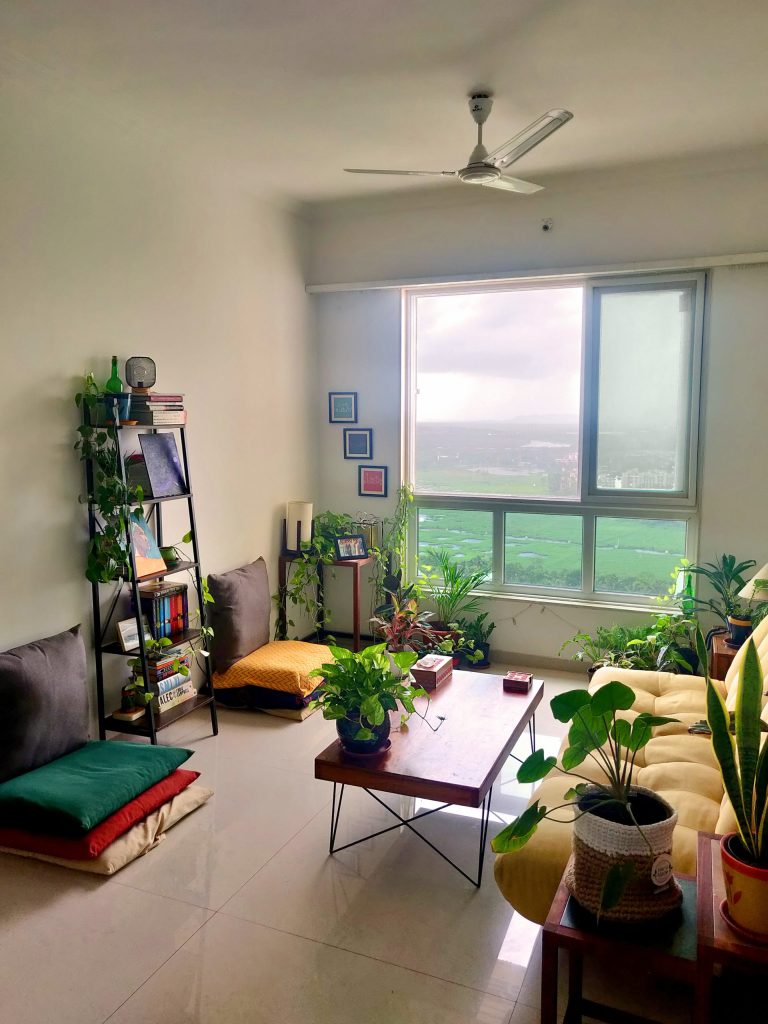
And a closer look at all the houseplants…
House plant care
Plant growth is affected by light, temperature, humidity, water, nutrition, and soil. To be a successful plant parent, you need to understand how the interior environment affects plant growth and how cultivation differs from growing plants outdoors.
Plants are like people: they’re all different and a little bit strange
JOHN KEHOE
Hence, there is no single formula which works for all plants. You have to tend to them individually based on their characteristics.
Arrangement
Group plants in such a way that they appear casual and organic. When you can, group plants in an odd number. Using an even number can look symmetrical, making the arrangement look more formal
Shape, size and colour
Play around with plants of different widths, heights, shape, colour and foliage. The difference in size gives a more organic look than plants of the same size, which look uniform. Pay attention to the color of the plants you choose. For a cohesive look, put plants together that have leaves of the same color. For more variety, go for plants with foliage of different colors and shapes
Decorative Pots
Pots can also add a lot of dynamism to your interiors. You can use pots with similar finishes and colors to make the arrangement look like a set. Or you can combine all your favorite pots of different materials and colors for an eclectic finish. The pots can also help in accentuating your interior theme. For example: Jute and cane planters go well if you have rustic and organic interior whereas solid coloured ceramic pots look better if you have a simple contemporary vibe to your place.
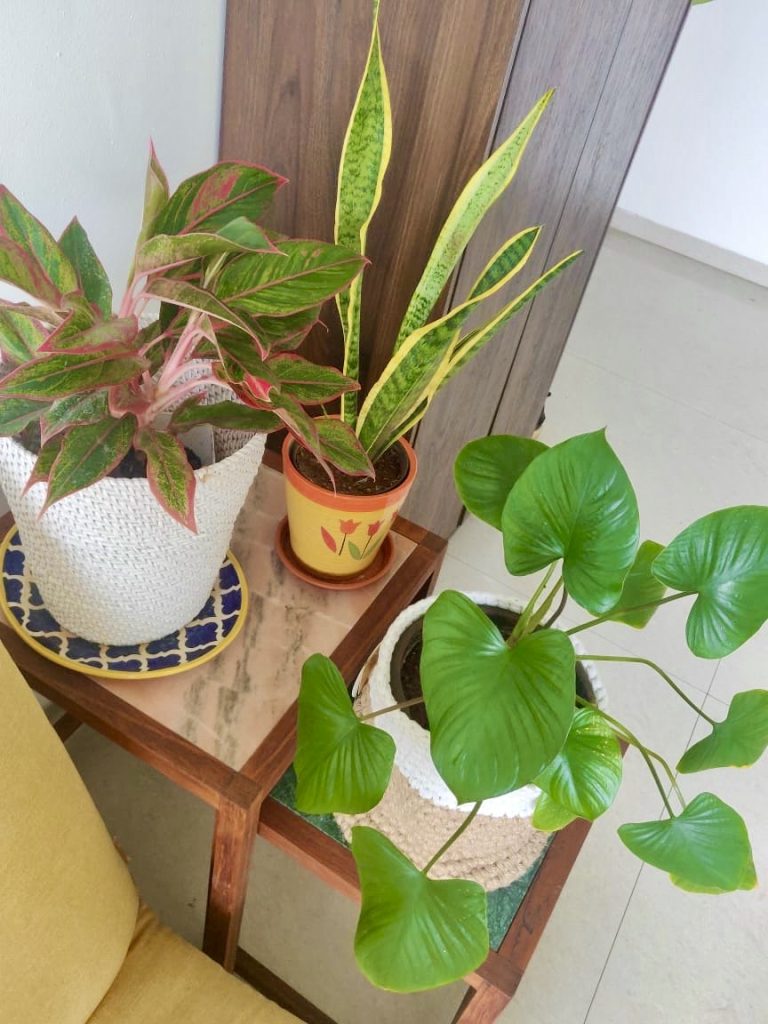
Indoor Green wall
Green walls or Living walls or vertical gardens are the ultimate blend of nature and art. They can look artistically stunning when in good health. While designing and composing the plants, consider the size and color of plants at full growth and how different textures, leaf shapes and heights will work together. It’s a game of trial and error, but plants can be replaced if something dies or does not work together aesthetically.
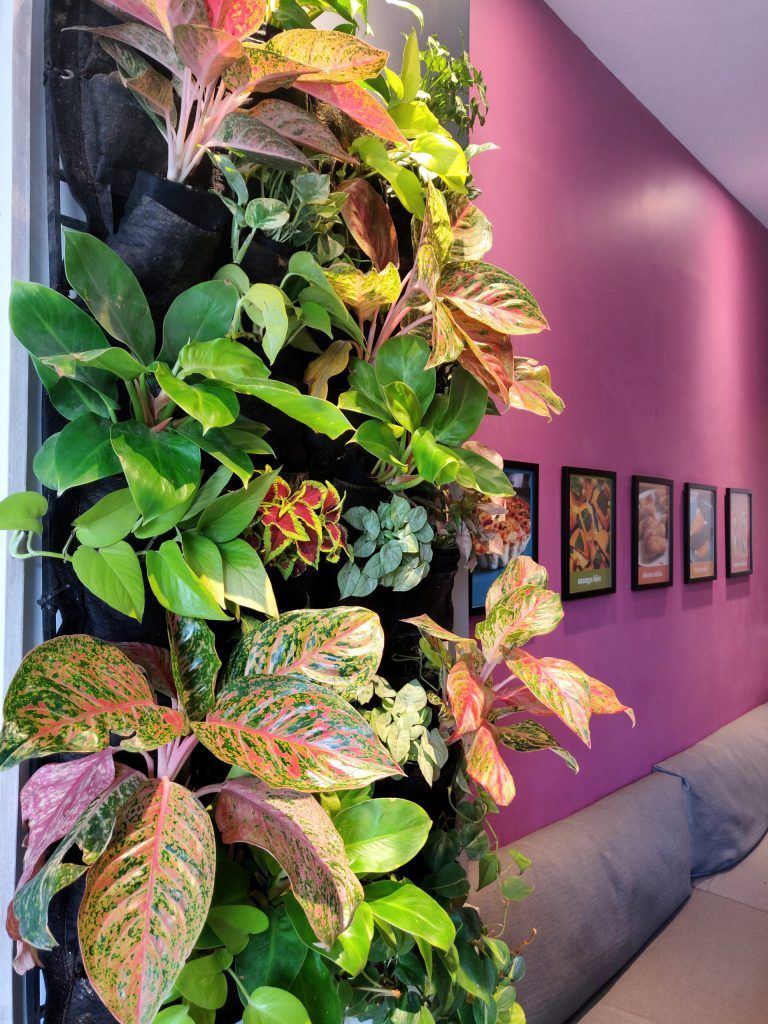
You can read more about Imagine cafe here.
Plant Parenting
Whenever I think of Plant moms, Rashi Jauhri is the first person I can think of. I have been to her house and the way in which she uses her healthy and beautiful houseplants to decorate her home has been an inspiration for me.
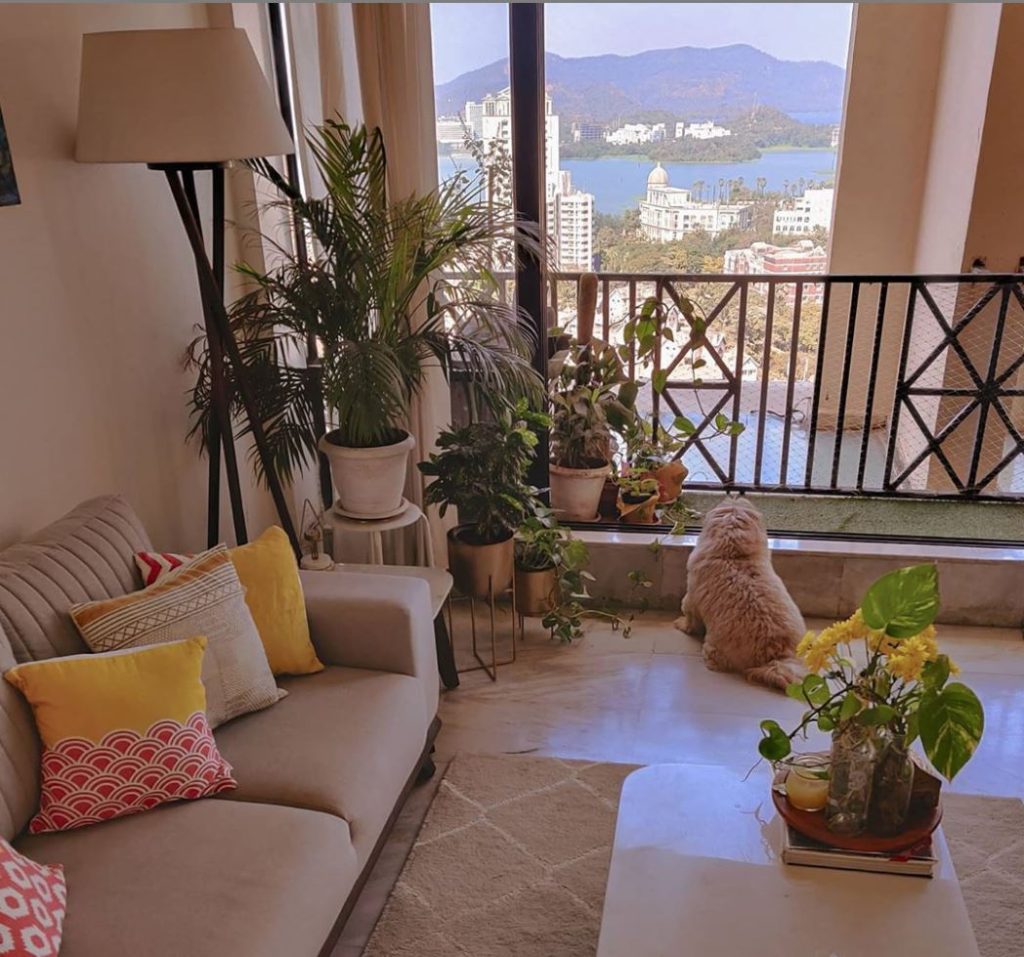
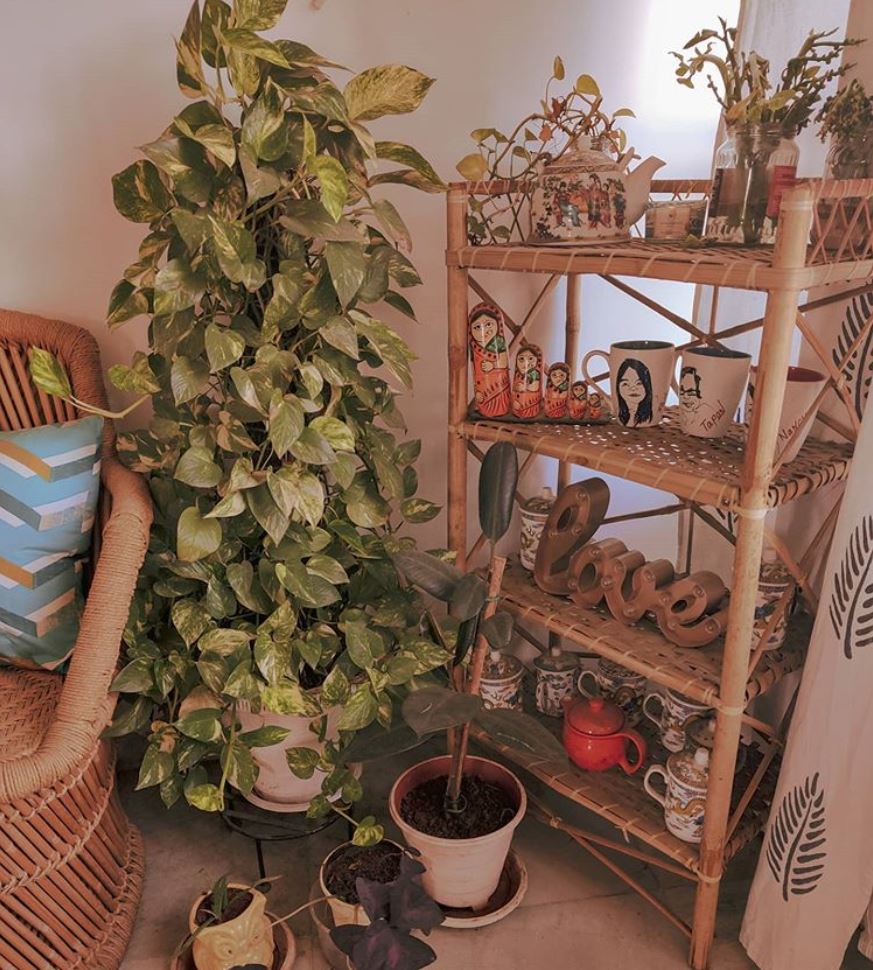

How has your journey been as a plant mom?
When I started buying plants some 6 years ago – my sister used to call me a “serial plant killer” because I killed most of them with over watering! From then to now, I have come a long way. With over 60 houseplants in my Bombay home – mint to monstera – grown from seeds, cuttings and propagated in water, I know what makes each of my plants tick. I’ve been using organic fertilisers, regularly pruning and with just the right amount of sun and water, they are thriving!
If you’re starting out as a plant parent, I suggest starting off with the easy ones like snake plant and pothos. Do your research – what plants are toxic to pets and humans, how much sunlight and water do they need and get them accordingly.
You can check out her Instagram profile for more plant, decor and DIY tips
______________________________________________
Our next plant mom is someone with way more experience. Nina Roy has two big interests in her life. Handloom and houseplants. She runs her own handloom business which employs many artisans who hand embroider and bring to life her wonderful designs which we can see showcased in her own home in Parel. Her house has plants spread over all the rooms adding so much life and beauty to her interiors. Some of her houseplants like her adenium, have been with her for more than 18 years.
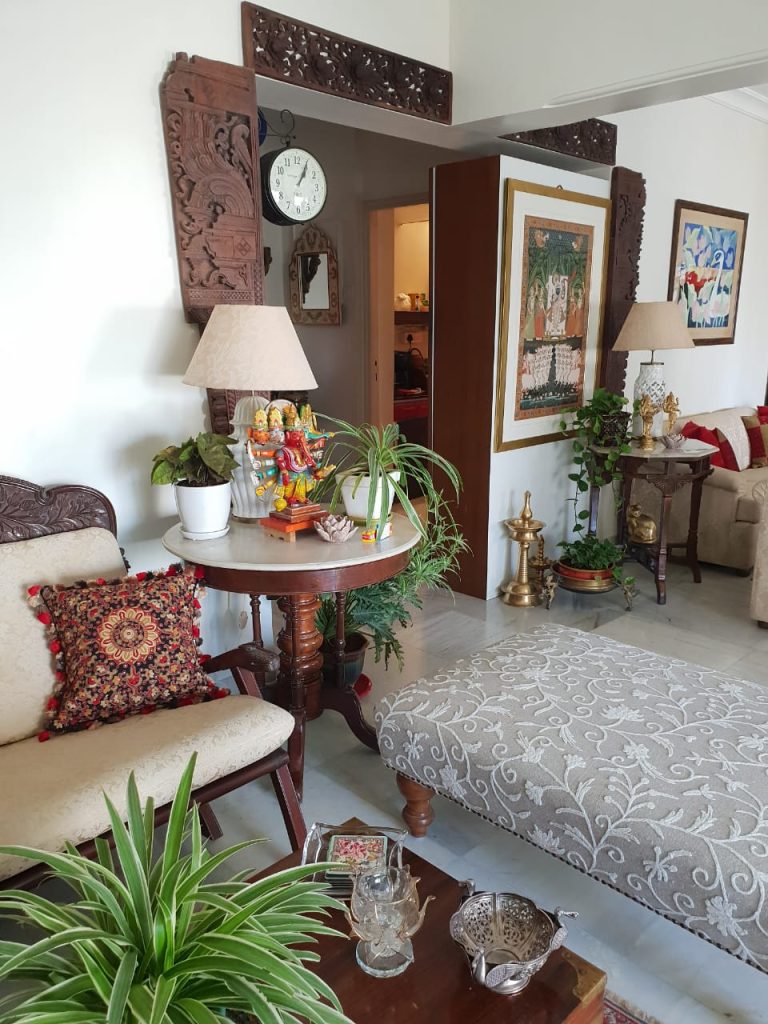

What advice would you like to give to budding plant parents?
Growing and nurturing plants is a lot of work. I won’t complain because I enjoy personally taking care of my houseplants. Depending on the weather, I put them on the ledge by the window and water them once in 2/3 days. I feel the soil to see when it requires watering. I also spray and shower them once a week. Do not over water because the roots will die.
You have to really love your plants. As they say, ‘If you talk to your plants and show them how much you love them and care for them,they will thrive.’
You can check out her Instagram profile for more houseplants, handloom and decor inspiration.
The houseplant survival manual
Before becoming plant parents, it is important to know some basics and it is best to get these guidelines from someone professional. I have interviewed Sangita Ramesh who is a certified horticulturist with 15 years of work experience in this field. We owe most of our knowledge about plant parenting to her. Even today when our plants are looking a wee bit sad, the first thing we do is to share a picture with her and then blindly follow her instructions.
So let’s get started!

Sangita, Can you let us know about plants that will thrive at home under the following conditions –
1. Balcony
In a bright balcony with a direct sunlight of 6-8 hours, one can grow many plants. Flowering plants like –
One can also attempt Okra, Tomatoes, Beans.
Even in a balcony with lesser light (3-4 hours), one can grow flowering plants like
- Passion flower (Passiflora)
- Star Clematis (Clematis gouriana),
- Butterfly pea (Clitoria ternatea)
- Butterfly ginger lily (Hedychium coronarium)
- Costus (Costus woodsonii)
- Alpinia (Alpinia purpurata, Alpinia zerumbet)
- Heliconia (Heliconia psittacorum, Heliconia rostrata), etc.
Hanging basket plants like –
- Purple heart (Setcreasea pallida)
- Zebrina (Zebrina pendula) and other Tradescantia varieties
- Clover or Shamrock/Butterfly plant (Oxalis triangularis) also do well.
You can also try plants like Croton varieties, Stromanthe, Golden cypress, Syngonium and varieties of Fern.
Plants of Gourd family and Beans would also do well in such light.
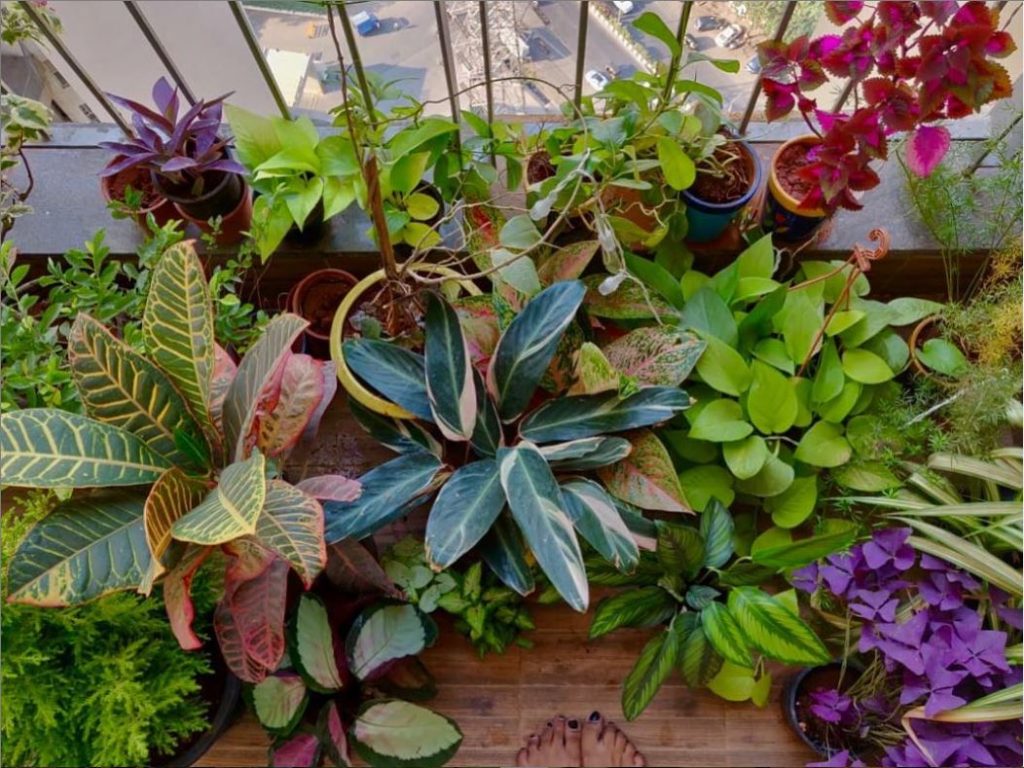
2. Indoor but near the window
The direction of the window is also important. A South facing window may have more intense light then a window facing East or North.
Close to a South facing window, one can grow plants like-
- Pink Aglaonema varieties
- Calathea varieties Croton varieties
- Types of Aralia Episcia Anthuriums (avoid exposure to direct sunlight though)
- Torenia Peace Lily (Spathiphyllum spp.)
- Most of the Palms Dracaena Cordyline varieties
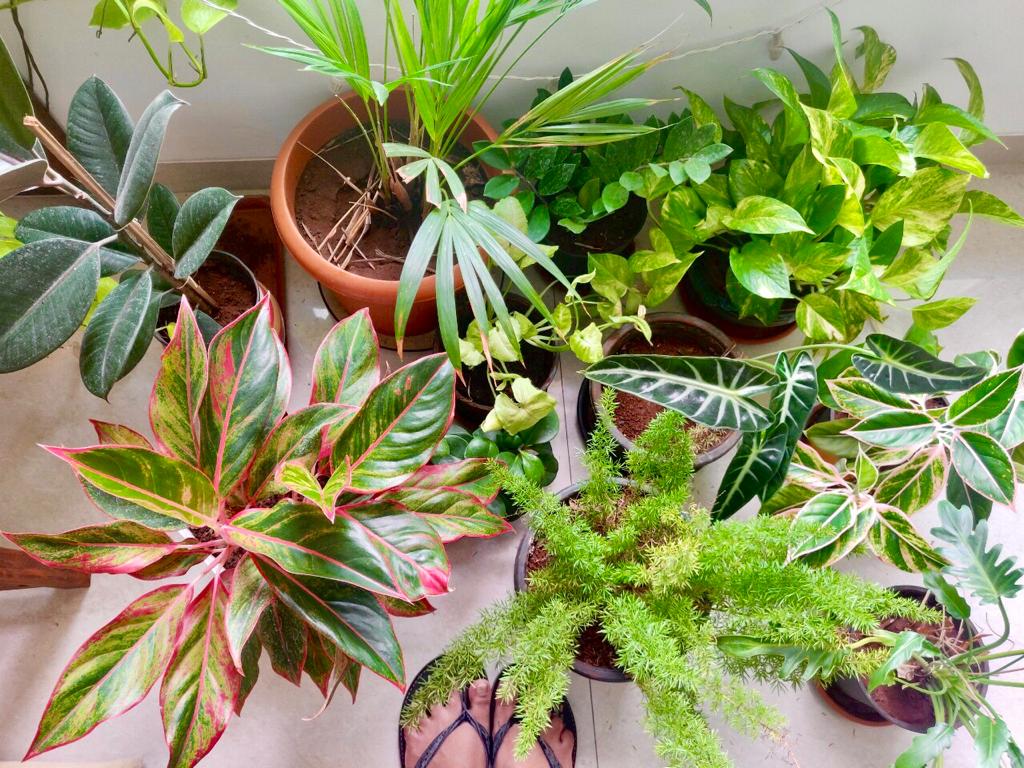
Example for plants closer to window with less duration of intensive light are-
- Zamia Palm (Zamioculcas zamiifolia)
- Philodendron varieties Money Plant (Scindapsus species) varieties
- Dieffenbachia Rubber plant (Ficus elastica)
- Shamrock Nerve plant (Fittonia species)
- Polka dots (Hypoestes phyllostachya)
- Lucky Bamboo (Dracaena sanderiana)
- Money Tree (Pachira aquatica)
- Peperomia varieties.
3. Indirect but bright light
I would say most of the plants mentioned for East facing window works well in this category. Besides few more options to this are Dracaena surculosa varieties and Leea coccinea varieties.
4. Low light
Light is important for plants to thrive. While most plant may just survive in poor light, and eventually call it quits. There are just a few examples for plants that would be okay with less light which are Zamia Palm (Zamioculcas zamiifolia) and Snake plant (Sansevieria species) varieties. A good light will allow the plant to be more compact and bushier, low light makes the plant more elongated and delicate because of the compromised cell wall structure.
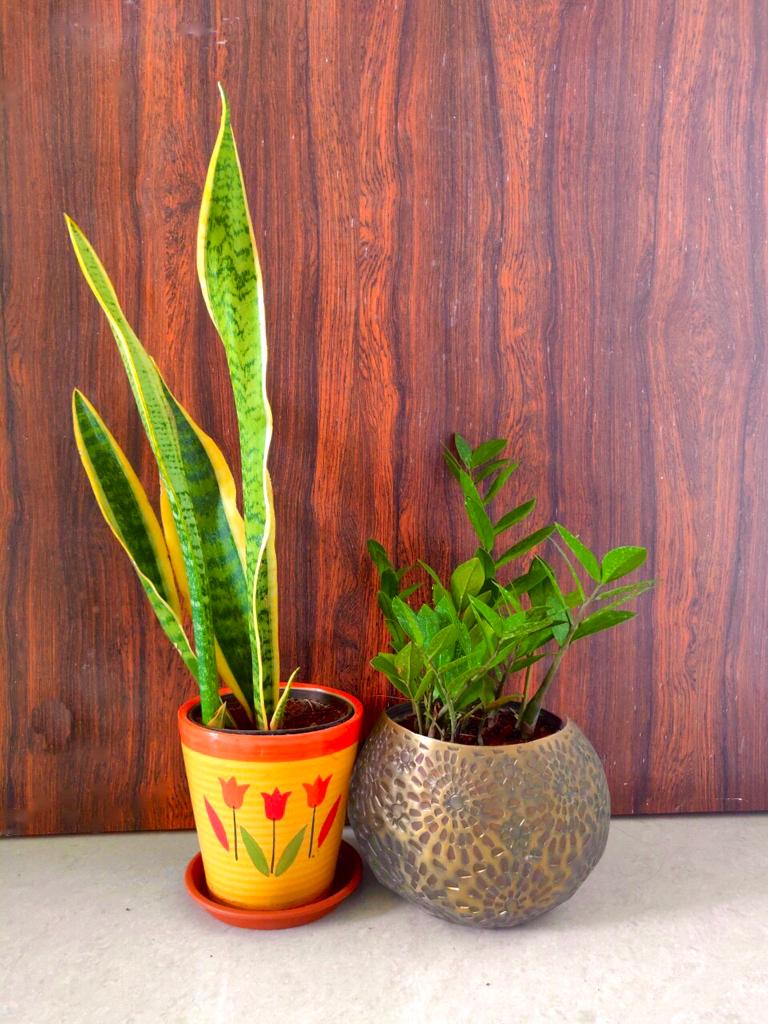

What does it mean when the tips of houseplants turn brown?
Brown tips usually are indication of poor water quality. My suggestion is usually to use filtered water for indoor plants not RO water necessarily. Thorough and less frequent watering rather than scarce and more frequent watering.

How often should most houseplants be watered?
Deep watering and less frequent watering is the best method.One could either install moisture indicators or scrape top inch of soil to check before watering. It’s best to water SOS then to do a scheduled watering.

How do you tell Underwatering vs overwatering?
A plant which is thirsty will have droopy and limp leaves that will perk up when you water it. While an overwatered plant will show signs of yellowing and may also go limp followed by browning of leaves. So, if the leaves are still green and as normal, but limp they need water.

How to get rid of bugs on indoor plants?
Houseplants are affected by mealy bugs most of the times. If the infestation is not very heavy, one may manually pick the bugs, but in case the infestation had spread, I usually use soapy solution to clean and spray the plants with. I also suggest drenching the soil with soapy solution to eliminate the pests hiding in the soil. I do not recommend using insecticide for indoor plants for obvious reasons.

What are the signs that a plant needs to be repotted?
A plant needs a bigger pot when it becomes pot bound. The indications of a pot bound plants are that the leaves start becoming smaller and the plant growth starts looking stunted – as if all of a sudden it has decided to become a Bonsai.
Having said that there are certain plant types that thrive being snuggly. Calathea varieties, Peace Lilies, Zamia Palms, Dracaena and most of the plants in Palms family thrive in pot bound conditions. They should be repotted only when there is no more space left for new growth to sprout.

What care should be taken while repotting?
Take care of the following things while repotting your plants:
-
Maintain the collar. Do not plant too deep or too shallow. Don’t Bury the stem more than what was originally in the soil.
-
If the roots had coiled up in the old pot, loosen them up a bit. If you feel the need cut the brown hardened roots, but safeguard the white tender roots.
-
Do not disturb the root ball of the palms, they don’t appreciate it.
-
Pack the soil well to avoid air pockets and water thoroughly. I tell gardeners ‘pet bhar ke pani do’. Soil may settle, and you may have to top up a little bit if you have not compacted the soil while planting, but don’t overdo it (maintain the collar).

What is a good soil mix for indoor house plants?
A good potting mix needs to have good drainage at the same time have good moisture retention properties. A ratio of 60% soil and 40% well decomposed manure is a good composition. You may want to add a little bit of wood ash or burnt wood coal to add to the filtration.

What fertilizers or products will you recommend? How often should these be used?
There are many organic seaweed-based bio-fertilizers available in the market and they work well with most of the plants.
Having said that, I have experienced Peace Lily and Calathea do not appreciate fertilizers and plain filtered water works best for them. I have almost killed my most beautiful Calathea, because I got greedy and decided to fertilize them for faster growth – my bad. It took good amount of drenching with plain water to rinse the potting soil. The damage was considerable but they are recuperating, thankfully. As frequent as weekly or once in 10 days should be good enough.

What care should be taken while growing succulents?
Succulents are closely related to Cactus. The moment I say cactus, I visualize a sunny and hot desert. And that’s what it takes to keep them happy. Nice sunny location with very little water on a regular basis. The roots of succulents usually are only on the surface, so it’s best to water them scantily and almost daily.
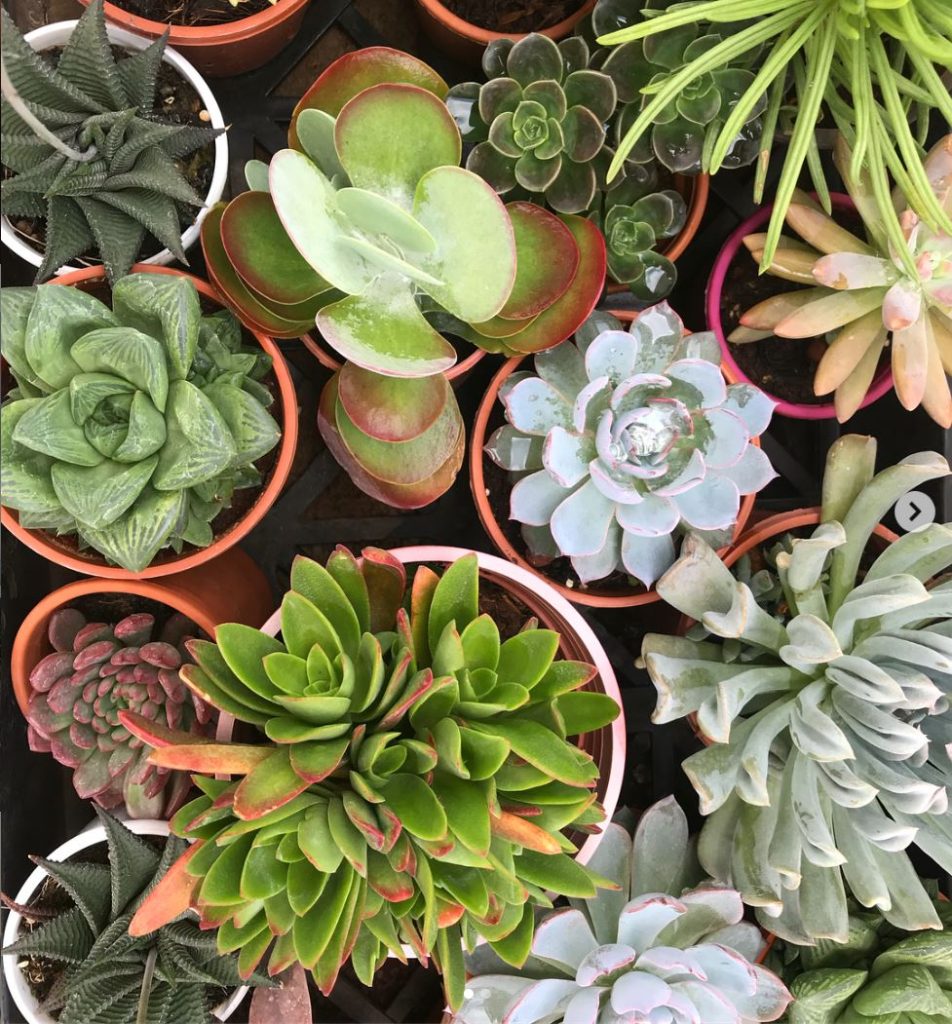

When and how do you prune indoor plants?
Pruning may not be a necessity for most cases if you have been regularly re-potting in a larger pot. But when you feel the plant is taking up space more than you can allow it to, you may want to trim for form or structure or make more plants (propagate). While pruning, cut needs to be just above the node not leaving behind a stub. Also use sharp secateur to ensure clean cut. A split or tear can result in damage to the plant. Try to ensure that the plant forms a callus before it comes in contact with water else it may lead to stem rot.

What care should be taken while executing an indoor green wall?
For indoor green walls, selection of plants based on the light available is the most critical part. Avoid using plants with different growing conditions in the small wall. Avoid placing the wall very close to AC draft or a fan breeze. I feel everything applied to plants being grown in containers, apply to growing in greenwall, its the orientation that changes.
Growing method (Pot or Felt) is what will be a decide the longevity or life of the greenwall. In my opinion felt is a better option for longevity as the plants don’t become pot bound.
It is better to grow green walls in soil less media (like coco peat). and hence fertilizer or nutrition is of importance for growth and vigor.
So now what are you guys waiting for? Ready, set, grow!
PS – If you have any questions for Sangita, please ask them in the comment section below and we will get back to you.
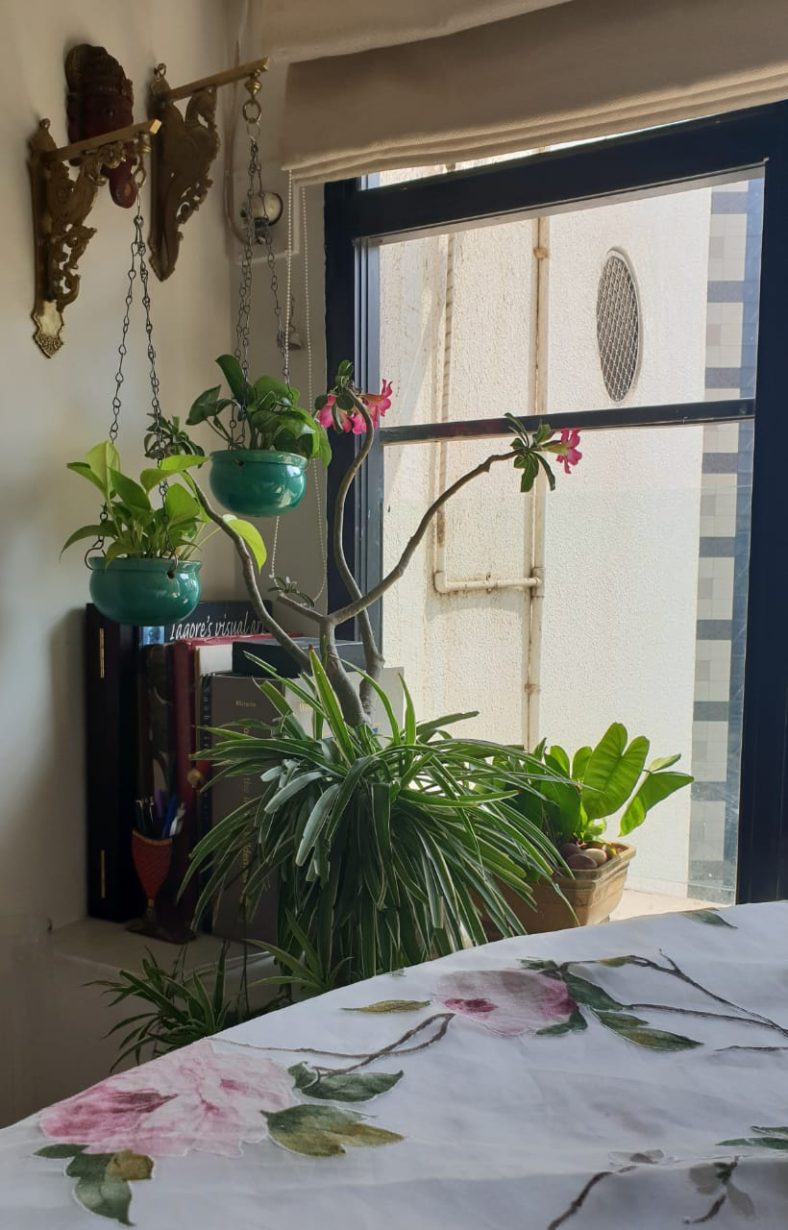
2 replies on “How not to kill your houseplants”
Love this…lots to learn.
Very informative write up and indeed a useful one for plant lovers